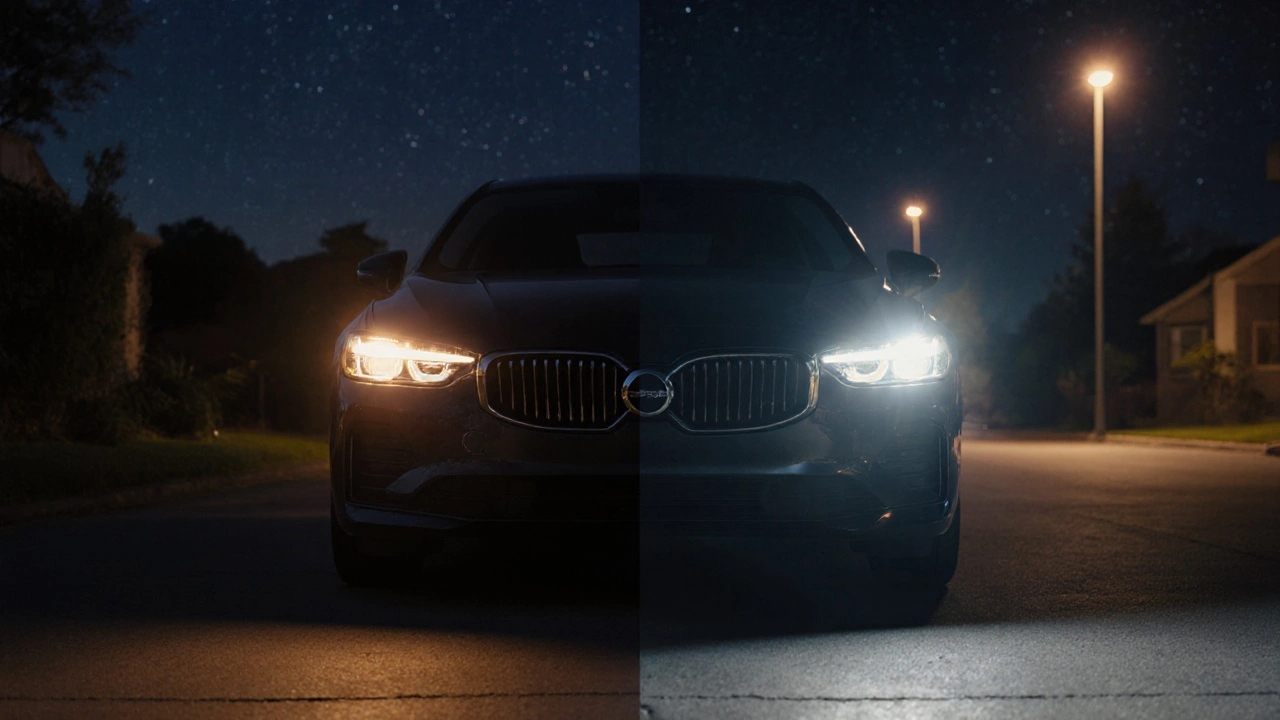LED Headlight Legal Australia: What You Need to Know
When it comes to LED headlight legal Australia, the set of rules that decide if LED headlights can be fitted to a vehicle used on public roads in Australia. Also known as LED headlight compliance, it sits under the umbrella of vehicle lighting regulations, nationwide standards covering all exterior lighting devices and is enforced through the Australian Design Rules (ADR), the mandatory construction and safety standards for road vehicles. Any aftermarket lighting modifications, non‑factory upgrades such as LED headlamp conversions must align with these rules. In short, LED headlight legal Australia encompasses compliance with ADR, requires proper certification, and influences road safety outcomes. Failing to meet the standards can lead to fines, failed inspections, or even voided insurance claims. Below we’ll break down the key attributes, the certification path, and the practical steps you can take to stay on the right side of the law.
Key Attributes and Certification Process
The ADR defines three main attributes for legal LED headlights: luminous intensity, beam pattern, and colour temperature. Luminous intensity can’t exceed the levels set for the original halogen unit, and the beam must stay within the prescribed horizontal and vertical spread to avoid dazzling on‑coming drivers. Colour temperature is limited to a range that mimics traditional white light, typically between 3,000 K and 6,000 K. To prove compliance, manufacturers submit a Type Approval Certificate to the National Exchange of Vehicle and Motor Vehicle Information (NEVMVI). Installers must also ensure the wiring harnesses meet Australian Standards AS/NZS 3000 for electrical safety. If a vehicle already carries a warranty, fitting non‑certified LEDs can breach the warranty terms, so checking the warranty clause before you buy is crucial. Law‑enforcement agencies routinely use portable photometers during road checks, meaning a non‑compliant headlamp can be flagged on the spot.
Practical compliance isn’t just paperwork. Before you purchase an LED kit, verify that the product carries the ADR‑E mark or a valid ECU (Engineering Change Unit) number. Look for an explicit statement that the kit is “approved for Australian road use”. When installing, follow the manufacturer’s torque specifications and route the cables away from heat sources to prevent premature failure. After installation, a quick self‑check with a handheld light meter can confirm that the beam stays within legal limits. If you’re unsure, a licensed automotive electrician can perform a full compliance inspection and issue a fitment report, which you can present at state road‑worthiness tests. Staying on top of these steps not only avoids penalties but also ensures you get the performance benefits of LED technology without compromising safety.
Now that you understand the legal landscape, the next step is to apply it. The articles below dive deep into real‑world scenarios: from how wheel spacers interact with alignment to the costs of high‑quality car wraps, and even the economics of starting a detailing business. Each piece reflects the same attention to detail that you need when judging LED headlight legality. Browse the collection to see how proper compliance fits into broader vehicle modification best practices, and pick up actionable tips you can use on your next project.
Learn if swapping halogen headlights for LED is illegal in Australia, what standards apply, how to stay compliant, and the steps to a legal, safe conversion.

